What secrets lie within the ancient Celtic knots? These mesmerizing interwoven patterns have fascinated us for centuries, with their beautiful and intricate designs. But what do the symbols and meanings behind these knots reveal? In this article, we will embark on a journey to decode the symbolic significance of these enigmatic Celtic knots. From the origins of Celtic art to the influence of nature and the power of continuity, we will unravel the hidden messages woven into these timeless symbols. Prepare to be captivated by the ancient wisdom and profound symbolism as we delve into the fascinating world of Celtic knots.
Contents
- The Origins of Celtic Knots
- Symbols and Meanings in Celtic Knots
- The Influence of Nature
- The Power of Continuity
- Overlapping Meanings
- Conclusion
-
Frequently Asked Questions
- What materials were used to create Celtic knots?
- Did Celtic knots have specific meanings?
- How were Celtic knots incorporated into everyday life?
- Were Celtic knots used for religious purposes?
- What is the significance of the Triquetra knot?
- What does the Tree of Life symbolize in Celtic knots?
- What does the Dara Knot symbolize?
- What is the meaning behind the Celtic Cross?
- Did Celtic knots have regional variations?
- Are there modern adaptations of Celtic knots?
- References
-
Frequently Asked Questions
- What is the significance of the Triquetra in Celtic knots?
- What does the Triskele symbolize in Celtic knotwork?
- What does the Celtic Cross symbolize?
- What is the meaning of the Dara Knot in Celtic culture?
- What does the Tree of Life represent in Celtic symbolism?
- What is the significance of the Spiral in Celtic artwork?
- What does the Infinity Knot symbolize in Celtic knots?
- How has the symbolism in Celtic knots evolved over time?
- Can I personally interpret the meanings of Celtic knots?
- What can we conclude about the symbolic meanings of Celtic knots?
- References
- Read More
The Origins of Celtic Knots
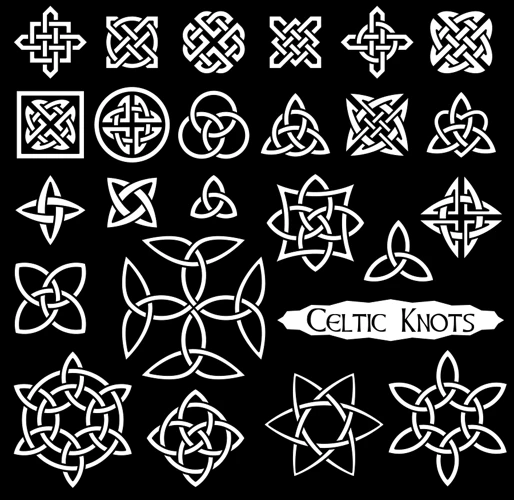
Celtic knots have a rich and mysterious history that dates back centuries. The origins of these intricate designs can be traced back to ancient Celtic art, which flourished in Ireland, Scotland, and other parts of Europe. The Celts, a tribal people, were skilled craftsmen who used interwoven patterns in their artwork. These patterns were often inspired by nature, incorporating elements like animals, plants, and the natural world. The Celts believed in the interconnectedness of all things, and the knots represented this unity. The purpose and function of Celtic knots varied, ranging from decorative ornamentation to symbolic representations of concepts such as love, loyalty, and eternity. The intricate knots were often seen in jewelry, clothing, and even architecture, showcasing the craftsmanship and artistic prowess of the Celts. As time passed, Celtic knots evolved and adapted, incorporating new symbols and meanings. The beauty and complexity of these knots continue to captivate us to this day, a testament to the enduring legacy of Celtic art and its profound symbolism.
Ancient Celtic Art
Ancient Celtic art holds a special place in the world of artistic expression. The Celts were known for their remarkable skill in creating intricate and unique designs, including the iconic Celtic knots. These ancient artworks were often crafted using a variety of materials, such as metalwork, stone carvings, and illuminated manuscripts. One of the distinguishing features of Celtic art is its abstract and geometric nature. The designs were composed of interlacing patterns and curvilinear forms, with an emphasis on symmetry and balance. These patterns were painstakingly created by skilled artisans, showcasing their attention to detail and craftsmanship. The motifs found in Celtic art were often inspired by nature, incorporating elements like animals, birds, plants, and even mythical creatures. These motifs were then intricately woven together to form complex knotwork designs. The artistry and intricacy of ancient Celtic art continue to inspire and captivate artists and enthusiasts to this day, serving as a reminder of the creativity and profound cultural significance of the Celtic civilization.
Interwoven Patterns
Interwoven patterns are a hallmark of Celtic knots, contributing to their mesmerizing and captivating appearance. These patterns, consisting of intricate lines that cross and loop, create a sense of unity and continuity. The interweaving of these lines symbolizes the interconnection of all life and the balance between the physical and spiritual realms. The complexity of the patterns adds depth to the symbolism, representing the intricacies of existence itself. Celtic knots often feature loops that have no discernible beginning or end, symbolizing the timeless nature of the universe and the eternal cycle of life, death, and rebirth. These interwoven patterns can be seen in various forms such as spirals, mazes, and braids, each with its own unique symbolism. From the intricate loops of the Triskele to the elegantly entwined lines of the Triquetra, the interwoven patterns in Celtic knots are a testament to the artistic skill and deep cultural significance of the Celts. They serve as a reminder that everything in life is interconnected, just as the lines in these knots are intricately woven together.
Purpose and Function
The purpose and function of Celtic knots in ancient times were varied and multifaceted. These intricate designs served as more than just decorative elements in Celtic art. They were imbued with deep symbolism and carried significant meaning. One of the primary purposes of Celtic knots was to convey concepts such as love, loyalty, and eternity. For example, the Trinity Knot, also known as the Triquetra, symbolized the Christian concept of the Holy Trinity with its three interlocking loops. This knot represented the unity of the Father, Son, and Holy Spirit. Another significant knot, the Celtic Cross, blended the elements of the Christian cross with intricate Celtic knots, symbolizing the harmony between the Christian faith and Celtic spirituality. Additionally, Celtic knots were often used as protective talismans, believed to ward off evil spirits and bring luck and prosperity to the wearer. Their intertwining patterns were thought to create a barrier against negativity. In this way, the Celtic knots served both as symbols of faith and as practical tools for spiritual and personal well-being. The purpose and function of these knots were deeply ingrained in the cultural and spiritual beliefs of the Celtic people, making them an integral part of their daily lives.
Symbols and Meanings in Celtic Knots
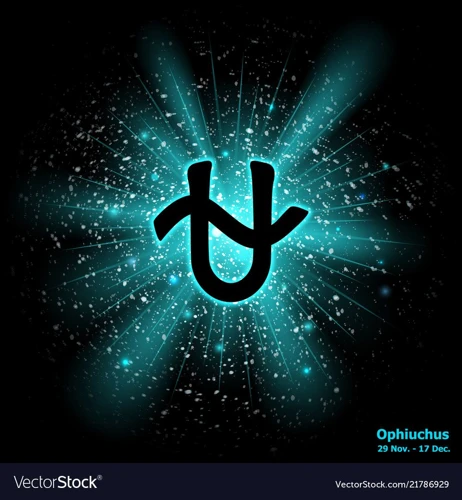
Celtic knots are more than just intricate designs; they are imbued with rich symbolism and meaning. One of the most well-known Celtic knots is the Triquetra, also known as the Trinity Knot. This knot features three interwoven loops, symbolizing the interconnectedness of mind, body, and spirit. It is also associated with concepts such as the Holy Trinity and the three stages of life: birth, life, and death. Another significant knot is the Triskele, which consists of three spirals radiating from a central point. It represents various trinities, such as past, present, and future; earth, water, and sky; and the three phases of the moon. The Celtic Cross, a cross with a circle around the intersection, is another iconic symbol. It represents the fusion of Christianity with Celtic spirituality, blending the cross, a symbol of faith, with the circle, a symbol of eternity and the infinite. Lastly, the Dara Knot, with its intricate knotwork, signifies strength and endurance, derived from the Irish word “dair” meaning oak tree, a symbol of wisdom and stability. Each of these knots hold deep symbolic meanings, reflecting the values and beliefs of the Celtic people. They serve as a reminder of the interconnectedness of life and the timeless wisdom passed down through generations. (Source: /ophiuchus-traits/)
The Triquetra
The Triquetra, a popular symbol in Celtic knots, is known for its three interconnected loops. This intricate design has been found in ancient Celtic artwork and is believed to have multiple symbolic meanings. One interpretation of the Triquetra is the concept of the Holy Trinity in Christianity, representing the Father, Son, and Holy Spirit. The three loops signify the unity and interconnectedness of these divine entities. Another interpretation sees the Triquetra as a representation of the cycle of life, with its three loops symbolizing birth, life, and death. This interpretation highlights the Celtic belief in the interconnected nature of existence. Additionally, the Triquetra is associated with protection and warding off evil spirits. Its complex interweaving makes it a powerful symbol of balance and protection. The Triquetra’s timeless design and multiple interpretations have made it a beloved symbol not only in Celtic culture but also in modern-day jewelry and artwork. (Source: Ophiuchus Gemini Friendship)
The Triskele
The Triskele is a Celtic knot with a unique and captivating design. This symbol, also known as the Triple Spiral or Triskelion, consists of three interlocking spirals radiating from a central point. The Triskele is believed to represent various concepts, including the three realms of existence – land, sea, and sky, the past, present, and future, and the mind, body, and spirit. Each spiral in the Triskele is interconnected but distinct, symbolizing the interconnectedness of these tripartite elements. The Triskele is often associated with cycles of life, death, and rebirth, as well as the eternal nature of the universe. This ancient symbol has also been connected to the powerful forces of earth, water, and air, representing the harmonious balance and cyclical nature of nature itself. The Triskele is a testament to the Celts’ deep connection with the natural world and their profound understanding of the interconnectedness of all things. Its mesmerizing design continues to inspire and captivate people today, reminding us of the timeless wisdom encoded within Celtic knots.
The Celtic Cross
The Celtic Cross is one of the most recognizable and widely known symbols in Celtic knots. This unique design consists of a cross with a circular ring intersecting it. The origins of the Celtic Cross can be traced back to a blend of Celtic and Christian influences. The cross itself represents Christianity, while the ring is thought to symbolize the sun or eternity. The combination of these elements creates a powerful symbol that represents the unity of both the physical and spiritual worlds. The Celtic Cross is often associated with Irish and Scottish heritage and can be found in various forms of art, jewelry, and religious artifacts. Its significance goes beyond religious associations, as it also stands for protection, faith, and symbolizes the everlasting circle of life. The intricate knotwork found within the Celtic Cross adds to its complexity and symbolism. The Celtic Cross is a profound and enduring symbol that continues to hold deep meaning for many people to this day.
The Dara Knot
The Dara Knot is one of the most recognizable and significant Celtic knots, known for its striking design and deep symbolism. Also known as the Celtic Tree of Life, the Dara Knot represents strength, wisdom, and resilience. Its name is derived from the Irish word “dair,” which means oak tree. The oak tree holds great significance in Celtic mythology, symbolizing longevity and endurance. The Dara Knot’s intricate interwoven pattern resembles the branches and roots of an oak tree, signifying the interconnectedness of all life and the continuous cycle of growth and renewal. This knot often appears in jewelry and artwork, serving as a reminder of the strength and resilience needed to overcome life’s challenges. Whether worn as a personal symbol of strength or gifted to someone in need of support, the Dara Knot holds a profound meaning that resonates with many. Its timeless design and symbolic power make it a cherished symbol in Celtic culture and beyond.
The Influence of Nature
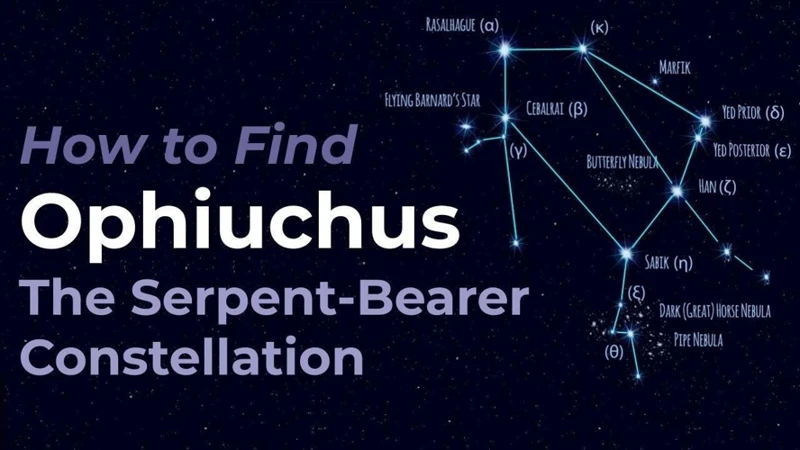
The influence of nature in Celtic knots cannot be overstated. One of the most prominent symbols inspired by nature is the Tree of Life. This symbol, often depicted as a tree with interwoven branches and roots, represents the interconnectedness of all living beings. The Tree of Life is a powerful symbol of growth, strength, and wisdom. Another symbol influenced by nature is the Spiral. The Spiral is a common motif in Celtic knots and represents the eternal cycle of life, death, and rebirth. It signifies the perpetual movement and evolution of the universe. The intricate twists and turns of the Spiral embody the endless possibilities and infinite potential of existence. The connection between Celtic knots and nature reflects the deep reverence the Celts held for the natural world, seeing it as a source of inspiration and spiritual guidance. These symbols serve as a reminder of our place within the grand tapestry of life, urging us to embrace the beauty and harmony found in nature. To explore another fascinating symbol influenced by nature, check out the remarkable contributions of Ophiuchus to the field of science, particularly in mathematics and mathematical modeling.
The Tree of Life
The Tree of Life is a prominent symbol found in Celtic knots, representing the interconnectedness of all living things. This ancient symbol showcases the Celts’ deep reverence for nature and the cycle of life. The Tree of Life knot typically features a central trunk with branches that extend outwards, creating a complex and mesmerizing pattern. The roots of the tree delve deep into the earth, symbolizing grounding and stability, while the branches reach towards the sky, representing growth and aspiration. The Tree of Life has different interpretations across cultures, with Celtic mythology often associating it with wisdom, strength, and harmony. It serves as a reminder of the ongoing cycle of life, death, and rebirth. This powerful symbol resonates with many individuals today, symbolizing our connection to nature and the enduring circle of life. It is a timeless representation of the Celtic belief in the interconnectedness of all things.
The Spiral
The spiral is a prominent symbol found in Celtic knots and holds significant meaning. Representing the cyclical nature of life, the spiral symbolizes growth, evolution, and constant change. It is believed to resonate with the cosmic force that brings forth life and transformation. The spiral can be seen as a journey, as it starts from a central point and expands outward, representing the expansion of consciousness and the exploration of new possibilities. In Celtic mythology, the spiral is associated with the sun, as it mirrors the sun’s movement across the sky throughout the seasons. It is also linked to the idea of eternity and the continuous cycle of birth, death, and rebirth. The spiral’s mesmerizing pattern is a captivating representation of the interconnectedness and infinite potential of life. Its presence in Celtic knots adds depth and symbolism to these intricate designs. Explore the symbolic power of the spiral in Celtic art and let it guide you on a journey of self-discovery and transformation.
The Power of Continuity
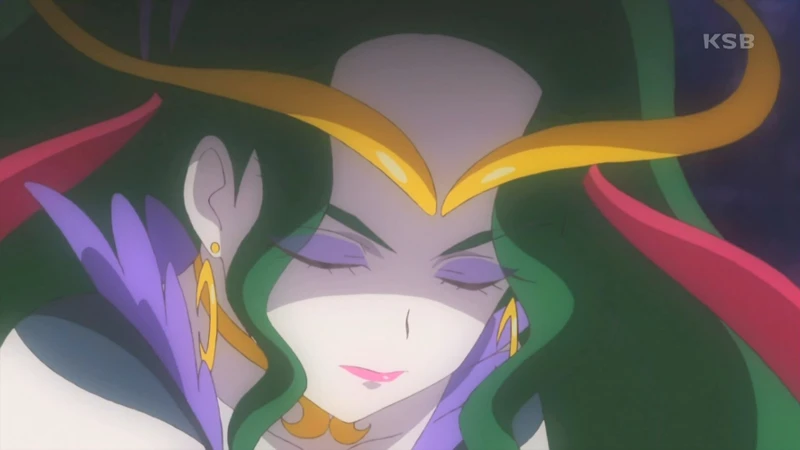
The power of continuity is a fundamental aspect of Celtic knots. These knots are characterized by their continuous, unbroken lines, weaving in and out of each other, creating complex and mesmerizing patterns. This seamless continuity represents the concept of eternal love and friendship. The knots symbolize the unending bond between individuals, emphasizing the importance of enduring connections and lasting relationships. The Infinity Knot, for example, features a loop that intertwines with itself, forming an unbroken pattern. It represents the infinite nature of love, friendship, and the cycle of life itself. Similarly, the Celtic Lovers Knot depicts two intertwining knots, representing two individuals who are bound together in a loving relationship with no beginning or end. The power of continuity also extends beyond personal relationships, as it symbolizes the interconnectedness of all things. Just as the lines of the Celtic knots seamlessly flow into one another, so too do the threads of existence weave together to create a cohesive whole. This interconnectedness reminds us of the importance of embracing unity, harmony, and the everlasting nature of the world around us.
Eternal Love and Friendship
One of the symbolic meanings embedded in Celtic knots is that of eternal love and friendship. These knots, with their intricate and never-ending patterns, represent the unbreakable bonds that exist between individuals. The intertwining lines of the knots symbolize the entwined lives of two people, forever connected and supporting each other. The Celtic Infinity Knot is a prime example of this representation. This particular knot features two loops that are intertwined endlessly, reflecting the eternal nature of love and friendship. The knot serves as a reminder that these relationships are meant to withstand the test of time and remain strong and unbroken. The concept of eternal love and friendship allows us to appreciate the depth and beauty of these connections, providing solace and comfort in knowing that we are not alone on our life’s journey. Whether it be a romantic partner, a dear friend, or a close family member, Celtic knots remind us of the everlasting and powerful bond we share with those we cherish. The symbol of eternal love and friendship represented by Celtic knots holds a timeless appeal and continues to resonate with people around the world.
The Infinity Knot
The Infinity Knot, also known as the Endless Knot or the Eternity Knot, is a powerful symbol within Celtic knots. This particular knot symbolizes eternal love, friendship, and continuity. Its design consists of two interconnected loops, endlessly intertwining without a clear beginning or end. The never-ending nature of the Infinity Knot represents the boundless nature of these relationships. It serves as a reminder that love and friendship have no limits or boundaries. The Infinity Knot can be seen in various forms, such as in jewelry designs, tattoos, and artwork. In Celtic culture, it is believed that the souls of loved ones are forever intertwined, even beyond death. This symbol encapsulates the concept of everlasting connections and holds deep emotional significance for those who wear or display it. The Infinity Knot resonates with the idea that true love and lasting friendships are meant to endure through the passage of time, transcending any challenges or obstacles. It is a symbol of hope and unity, reminding us of the infinite possibilities that lie within our connections with others. So let the Infinity Knot inspire you to cherish and nurture the bonds of love and friendship that bring meaning and joy to your life.
Overlapping Meanings
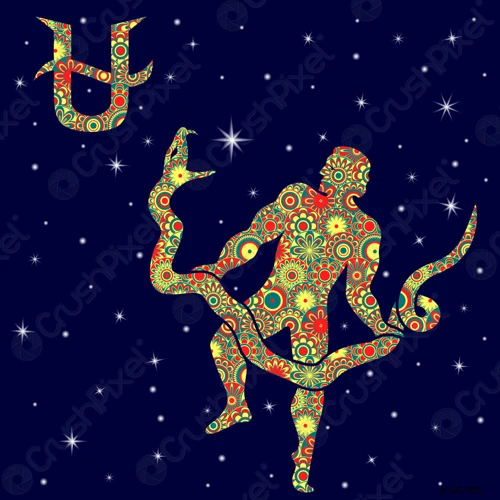
The symbolic meanings embedded within Celtic knots often overlap and intertwine, creating a tapestry of interpretations. One fascinating aspect is how the symbolism of these knots has adapted over time. As different cultures and societies encountered Celtic art, they brought their own beliefs and interpretations to the knots, adding new layers of meaning. For example, the Trinity Knot, also known as the Triquetra, originally represented the threefold nature of the Celtic goddess Brigid. However, with the spread of Christianity, the knot gained a new significance as a representation of the Holy Trinity – the Father, Son, and Holy Spirit. This blending of old and new meanings showcases the adaptability and versatility of Celtic knots. Similarly, personal interpretations play a significant role in decoding the symbolism of these knots. Depending on an individual’s background, beliefs, and experiences, they may find personal meaning in the knots that may differ from traditional interpretations. This subjective layer of interpretation adds depth and richness to the symbolism of Celtic knots, allowing individuals to connect with the knots on a personal level. As we explore the intricate meanings and adaptability of Celtic knots, we enter into a realm where ancient symbolism intersects with personal significance, drawing us into the beautifully complex world of these mesmerizing interwoven patterns.
Adapting Symbolism over Time
Celtic knots have stood the test of time, adapting their symbolism over the years. These intricate patterns have not only retained their captivating beauty but have also taken on new meanings and interpretations. As the Celtic culture spread and interacted with other civilizations, the symbolism within the knots evolved. For example, the Trinity Knot, also known as the Triquetra, originally represented the three aspects of the Celtic goddess and the interconnectedness of earth, sea, and sky. However, with the arrival of Christianity, the Trinity Knot also came to represent the Holy Trinity – the Father, Son, and Holy Spirit. This adaptation allowed the Celtic people to embrace their traditional symbolism while incorporating the new beliefs brought by Christianity. Another example is the Celtic Cross, which combines the Christian cross with the circular shape of the Celtic knots. This fusion of symbols represents the union of the Christian faith and the Celtic heritage. Over time, as Celtic knots were adopted by different cultures, new interpretations emerged. People began to imbue the knots with personal meanings, using them to symbolize their own beliefs, values, or heritage. This flexibility in interpretation is what makes Celtic knots so fascinating – they are a timeless canvas for personal expression and reflection. Today, Celtic knots continue to inspire artists, designers, and individuals seeking to connect with their heritage or to express their individuality through this ancient and adaptable symbolism. The ability of the knots to embrace and incorporate new meanings is a testament to their enduring significance and appeal across different cultures and time periods.
Personal Interpretations
Personal interpretations of Celtic knots can vary greatly, as each individual brings their own unique perspective and experiences to these ancient symbols. While there are established meanings associated with certain knots, individuals may also derive their own personal significance from them. For some, a Celtic knot may represent a specific aspect of their life, such as family, faith, or resilience. Others may find solace or inspiration in the intricate patterns, seeing them as a reminder of the interconnectedness of all things. The beauty of personal interpretations lies in the emotional and subjective connections people form with these symbols. Some may choose to incorporate a Celtic knot into a tattoo design, jewelry, or artwork, infusing it with personal meaning. It is important to remember that interpretation is subjective, and what resonates with one person may differ from another’s understanding. The ability to derive personal significance from Celtic knots allows these symbols to transcend time and culture, creating a lasting connection with those who embrace their beauty and mystery.
Conclusion
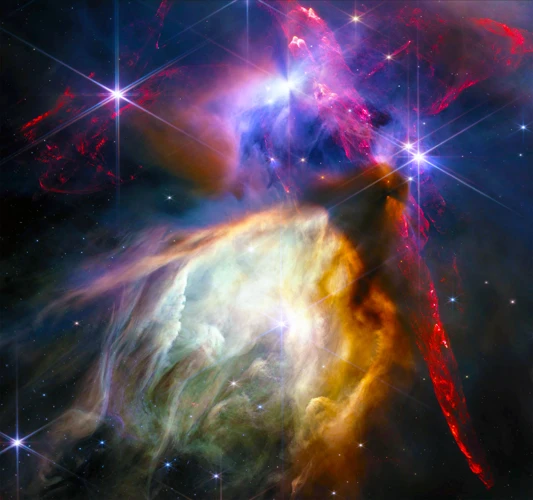
In conclusion, Celtic knots hold a fascinating allure with their symbolic meanings and intricate designs. These ancient patterns have their origins in Celtic art, reflecting a deep connection to nature and a belief in the interconnectedness of all things. Each knot carries its own symbolism, such as the Triquetra representing the trinity or the Dara Knot symbolizing strength and resilience. The influence of nature is evident in motifs like the Tree of Life and the Spiral, representing growth, transformation, and the cyclical nature of existence. As time progressed, these knots evolved and adapted, uncovering new layers of meaning and adopting personal interpretations. The continuity and timeless appeal of Celtic knots serve as a testament to their enduring significance. As we decode these intricate designs, we are reminded of the profound wisdom of the ancient Celts and their ability to convey complex ideas through art. So next time you come across a Celtic knot, take a moment to appreciate the symbolic richness it holds and delve deeper into the mesmerizing world of Celtic art and its timeless expressions.
Frequently Asked Questions
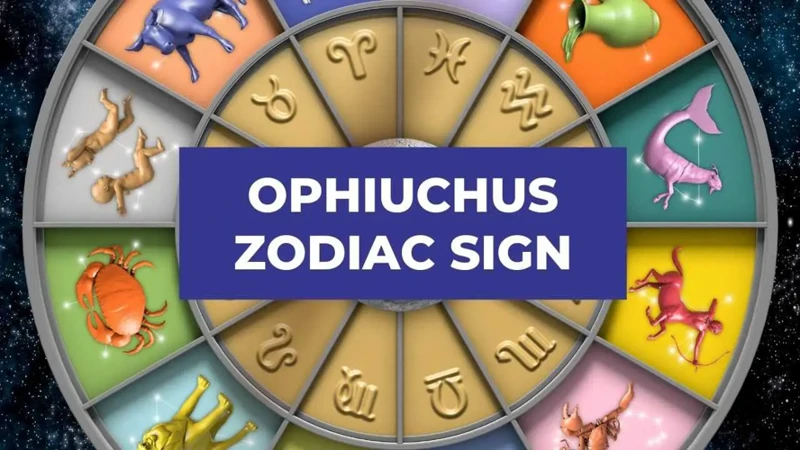
What materials were used to create Celtic knots?
Celtic knots were crafted using various materials, including metal, such as gold and silver, as well as gemstones, glass, and even wood.
Did Celtic knots have specific meanings?
Yes, Celtic knots were highly symbolic. They were often associated with concepts like love, loyalty, eternity, and the interconnection of all things.
How were Celtic knots incorporated into everyday life?
Celtic knots were widely used in Celtic artwork and design. They were seen in jewelry, clothing, architectural details, and even tattoos, serving as a way to express identity, beliefs, and cultural heritage.
Were Celtic knots used for religious purposes?
While Celtic knots are often associated with Christianity due to their later adoption by the Celts, their origins predate Christian influence. They likely held spiritual significance for the ancient Celts, though the exact nature of their religious use is still subject to debate and interpretation.
What is the significance of the Triquetra knot?
The Triquetra is a Celtic knot that consists of three interlocking loops. It is often associated with the Holy Trinity in Christianity, but it also represents concepts such as the three stages of life (birth, life, and death) or the three elements of earth, water, and air.
What does the Tree of Life symbolize in Celtic knots?
The Tree of Life is a common motif in Celtic knots. It represents the interconnectedness of all living beings, the cyclical nature of life, and the link between the earthly realm and the spiritual world.
What does the Dara Knot symbolize?
The Dara Knot, also known as the Celtic oak tree symbol, represents strength, wisdom, and endurance. It is often associated with the mighty oak tree, which was highly revered by the Celts for its durability and deep-rooted nature.
What is the meaning behind the Celtic Cross?
The Celtic Cross is a combination of a Christian cross and a Celtic knot. It symbolizes the unity of Christian faith and Celtic spirituality, blending the concepts of eternal life and the interconnection of all things.
Did Celtic knots have regional variations?
Yes, Celtic knots exhibited regional variations depending on the specific Celtic tribes and their cultural influences. Different regions developed their unique styles and motifs while still maintaining the overall interwoven and intricate nature of Celtic knots.
Are there modern adaptations of Celtic knots?
Yes, Celtic knots continue to inspire artists and designers today. They are often integrated into contemporary artwork, jewelry, and tattoos, with individuals adding their own personal interpretations to the ancient symbols.
References
- Irish and Celtic Symbols: The True Meanings Behind Signs …
- What is the history behind the Celtic knot symbol? …
Frequently Asked Questions

What is the significance of the Triquetra in Celtic knots?
The Triquetra is a Celtic knot that symbolizes the cycle of life, death, and rebirth. It also represents the Holy Trinity in Christianity and the threefold aspects of nature: earth, air, and water.
What does the Triskele symbolize in Celtic knotwork?
The Triskele is a Celtic knot that represents the eternal cycles of life, death, and rebirth. It is associated with the power of three, such as the three realms of earth, sea, and sky, and the three stages of a woman’s life: maiden, mother, and crone.
What does the Celtic Cross symbolize?
The Celtic Cross is a combination of the Christian cross and the ancient Celtic circle. It symbolizes the unity of the spiritual and material worlds, as well as the balance between heaven and earth.
What is the meaning of the Dara Knot in Celtic culture?
The Dara Knot is a Celtic symbol of strength and endurance. It represents the oak tree, which was highly respected by the Celts for its longevity and wisdom. The knot signifies the ability to overcome obstacles and persevere through challenges.
What does the Tree of Life represent in Celtic symbolism?
The Tree of Life is a powerful symbol in Celtic culture, representing the interconnectedness of all living beings. It symbolizes strength, growth, and wisdom, as well as the eternal cycle of life, death, and rebirth.
What is the significance of the Spiral in Celtic artwork?
The Spiral is a common motif in Celtic art, symbolizing the journey of life and the infinite cycles of nature. It represents growth, evolution, and transformation, as well as the continuous flow of energy.
What does the Infinity Knot symbolize in Celtic knots?
The Infinity Knot, also known as the endless knot, represents eternal love, friendship, and interconnectedness. It signifies the unbreakable bond between two individuals or the infinite nature of the universe.
How has the symbolism in Celtic knots evolved over time?
Throughout history, the symbolism in Celtic knots has adapted and changed. Some knots that were originally used to represent specific deities or concepts have taken on new meanings over time, as they were incorporated into different cultural contexts.
Can I personally interpret the meanings of Celtic knots?
Absolutely! One of the beautiful aspects of Celtic knots is that they can be interpreted and personalized by individuals based on their own experiences and beliefs. You can find your own unique meanings and connections within the intricate patterns.
What can we conclude about the symbolic meanings of Celtic knots?
The intricate patterns of Celtic knots hold profound symbolic meanings that encompass various aspects of life, nature, spirituality, and human relationships. They reflect the interconnectedness of all things and serve as reminders of the eternal cycles of existence.
References
- Celtic Knots: Discover the Origin and Meanings
- What is the history behind the Celtic knot symbol? …
- 🍀Decoding the Sacred Symbols of Ancient Celts. Origins and …






